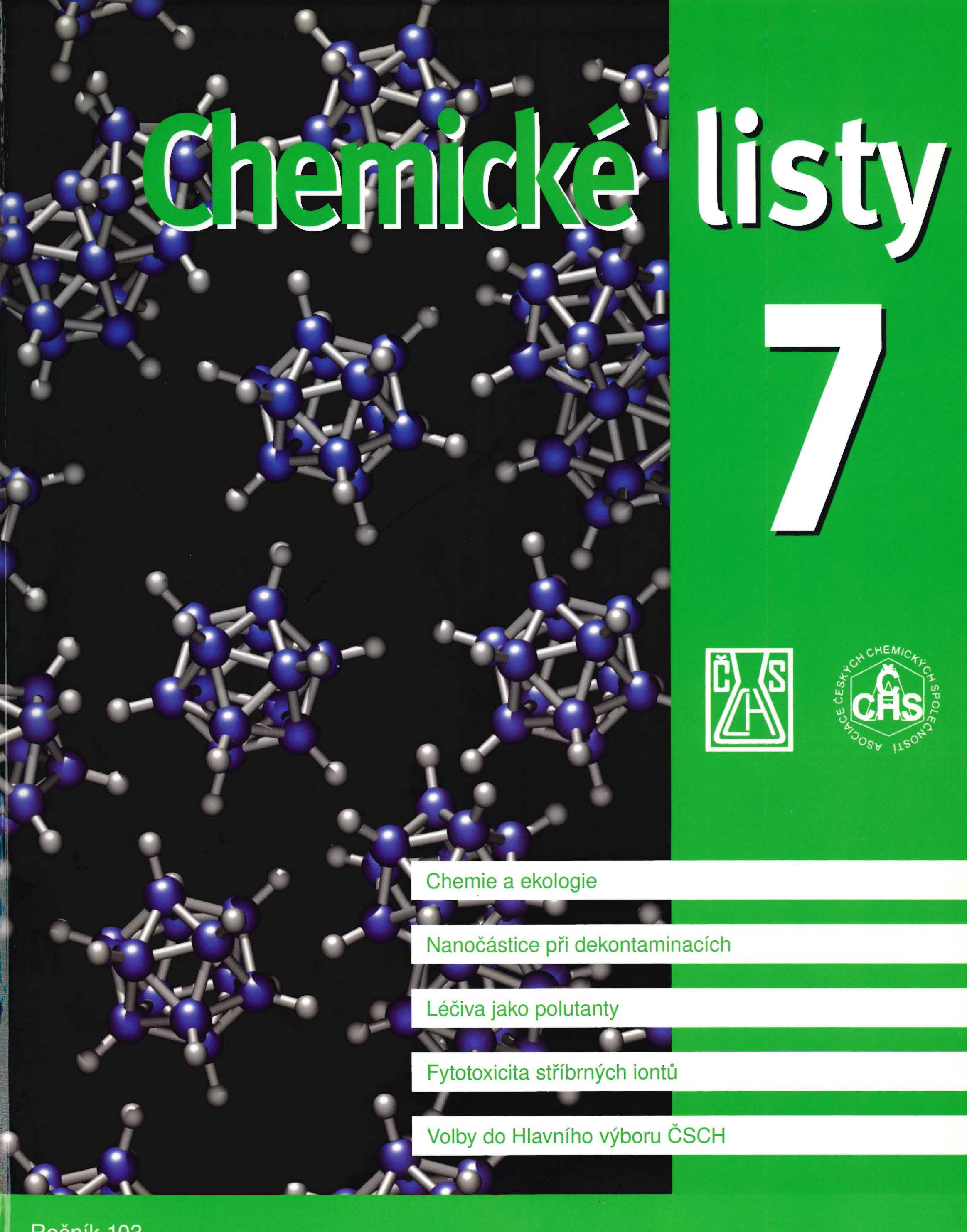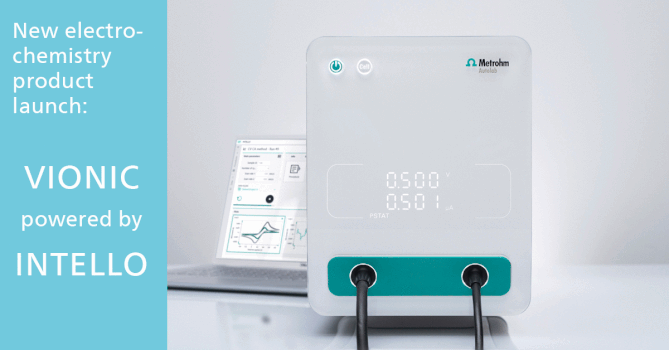Nanoparticles in Decontamination Technologies: Present State of Knowledge
Abstract
The review deals with application of nanoparticles in soil and ground water remediation. The properties of nanoparticles - high surface area, high surface reactivity and mobility in soils - enable effective and fast decomposition of contaminants. General information on nanotechnology and commonly used terms are presented. Various types of nanoparticles such as emulsified metallic iron, bimetallic nanoparticles and metal oxides are described. Typical contaminants that can be removed by nanoparticles are discussed including their decomposition mechanisms and examples of results. Some problems associated with the use of nanoparticles in soil remediation, such as their aggregation in solution followed by loss of their desirable properties as well as potential environmental and health hazards in their application are described. Brief information on several pilot-scale and technological applications is included.Downloads
Published
2009-08-15
How to Cite
Nováková, T., Šváb, M., & Švábová, M. (2009). Nanoparticles in Decontamination Technologies: Present State of Knowledge. Chemické Listy, 103(7). Retrieved from http://ww.w.chemicke-listy.cz/ojs3/index.php/chemicke-listy/article/view/1511
Issue
Section
Articles





